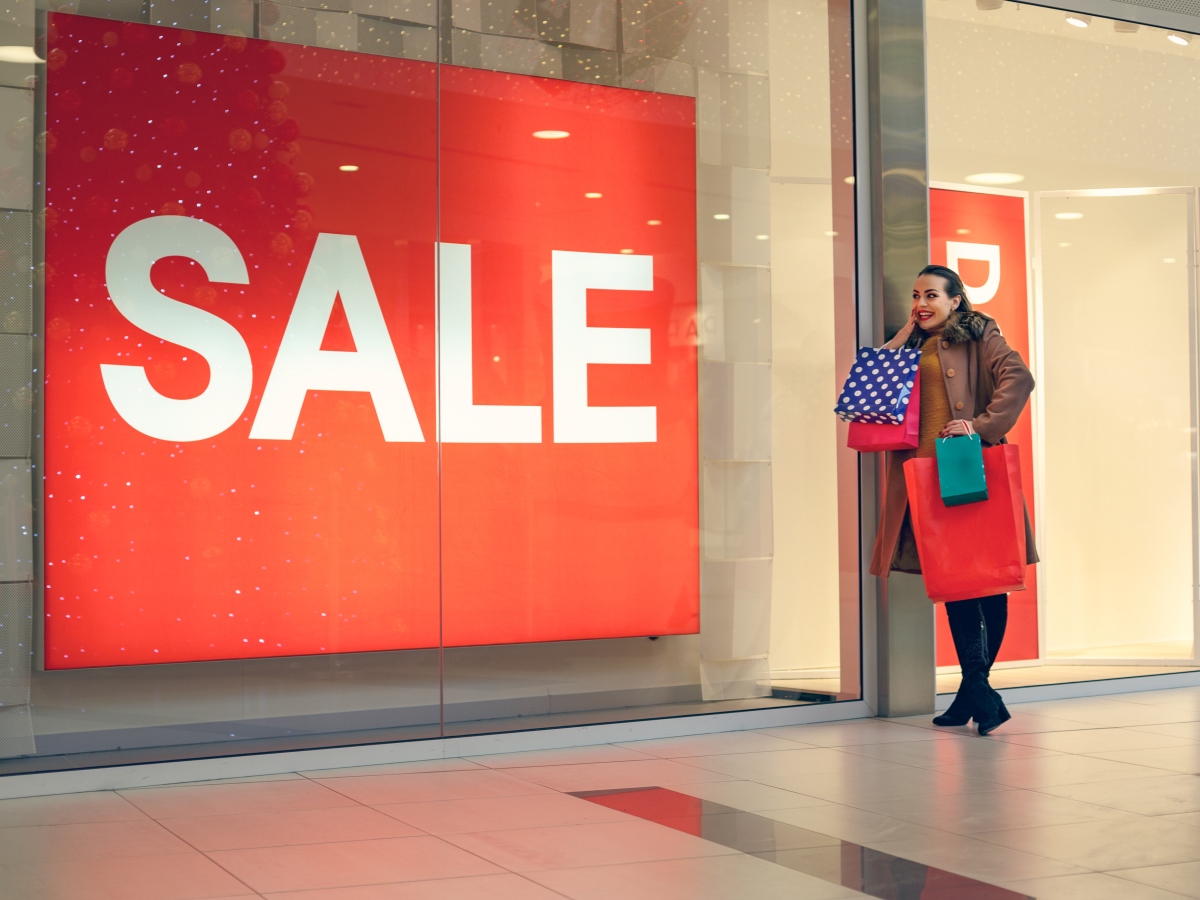End of financial year sales are major revenue generators for the beauty industry. Last year, Marie Claire and Harper’s Bazaar magazines, Refinery29 and comparison site Finder.com.au were just a few of the media outlets that helped consumers navigate through a laundry list of heavily discounted beauty items to find new products or top up on longtime favourites.
Aussie shoppers are ready to spend up big, says the Australian Retailers Association (ARA) in collaboration with Roy Morgan.
This year’s EOFY spending is forecast to reach $9.3 billion – up $500 million compared to 2022 – as major retailers roll out their mid-year promotions.
It’s a mixed bag according to the research. The number of shoppers looking to splash the cash this year is predicted to drop by 400,000. But the 5.8 million consumers who head to the shops and online are planning to lift their spending.
The average spend this year is expected to increase to $1616 – up $200 per person from last year.
NSW will account for a spend of $2.5 billion – down 21.8 per cent from last year. But Queenslanders are expected to increase their spending to $2.4 billion – up 41.1 per cent compared to 2022. Shoppers will also max their credit cards in Victoria to lift spending by 10.5 per cent to $2.1 billion.
The Gen X and Baby Boomer demographics aged 50 to 64 are set to be the most lavish spenders, says the ARA, representing 37.6 per cent of sales or $3.5 billion.
Over half of EOFY shoppers – 51 per cent – are expected to shop online.
The mid-year sales are a fantastic opportunity for bargain hunters to grab a great deal as retailers slash prices on a range of clothes, shoes, accessories, homewares and electricals to make way for new season’s merchandise, said Paul Zahra, CEO of the ARA.
“Shopping online has proven to be particularly popular at this time of the year as shoppers look for convenience and to shop from the comfort of their own home, particularly during the winter months”.
Overall mid-year sales spending forecast increased by 5.7 per cent from 2022 in spite of fewer people shopping, he noted. “We’re in the midst of a cost-of-living crisis, and this is certainly reflected by the fact that 400,000 fewer Australians will be opening their wallets in the mid-year/EOFY sales.
“Discretionary spending is certainly softening, but the reality is that those not significantly impacted by interest rate increases are looking for great deals during the EOFY sales.”
Read the current issue of our digital magazine below:
- For more news and updates, subscribe to our weekly newsletter
- Follow us on Instagram
- Like us on Facebook
- Connect with us on LinkedIn

